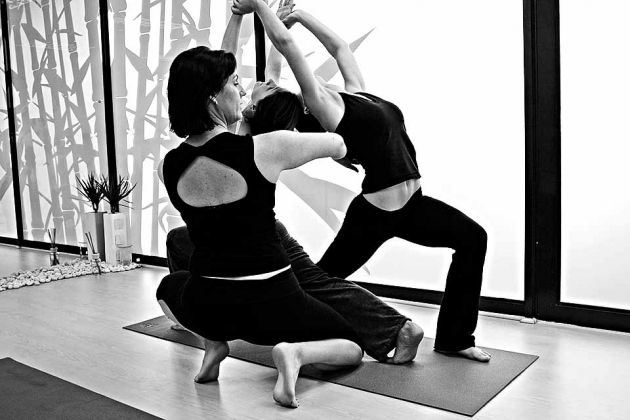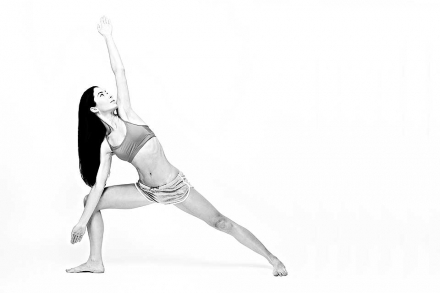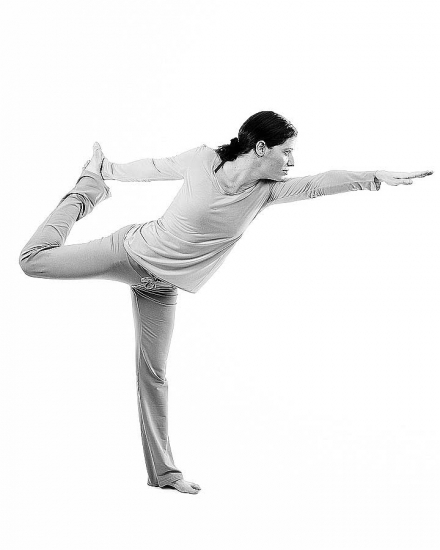There are as many choices in yoga instructor training programs as there are yoga poses. There are weekend programs, destination workshops, continuing education and specialty courses.
The most important consideration before committing time and money in a yoga instructor certification program is to think about where and who you will teach after the completion of the program. Yoga instructor programs are not inexpensive and and cost hundreds, even thousands of dollars. Choosing a program thoughtfully is the key to success and satisfaction when thinking about becoming a yoga instructor.
Will you teach at a yoga studio or fitness center? Do you want to teach a special population such as children or adults battling an illness? Do you plan on integrating your yoga training into your existing profession as a school teacher or therapist or other professional? Or are you a serious student interested in deepening your practice?
No matter what your purpose, yoga instructor training is a serious commitment. Here are five ways you can become a yoga instructor:
1. If you are interested in teaching at a yoga studio, research local yoga studios with RYT-200 hour programs. RYT stands for Registered Yoga Teacher. Upon completion of a two-hundred hour training program, you can register with Yoga Alliance, the official registration body for the yoga instructor community.
All two-hundred hour programs include a mixture of class lecture, hands-on training, homework and yoga class observations. Prospective yoga instructors can expect to learn anatomy, breathing techniques, lesson planning, yoga history and proper pose alignment. Since every school has its own style, it is important to research curriculum and style. A great place to start is at the yoga studio where you currently practice yoga as a student.
The Yoga Alliance website provides a full listing of registered Yoga schools searchable by zip code, yoga style and teacher.
To remain registered with Yoga Alliance you will need to invest in Continuing Education and Training classes. You can also consider working on your RYT-500 hour training, which can elevate you as a senior, experienced teacher.
2. If you to teach children’s yoga or prenatal yoga, consider entering a specialty program with a registered Yoga Alliance school. For teaching children, the Yoga Alliance requires teachers to complete a 200-hour training program plus an additional 95-hour training program with a Registered Children’s yoga school. Potential children’s yoga instructors should also have at least 30 hours of teaching experience with children. The requirements are similar for prospective prenatal yoga instructors.
3. If you want to teach at a gym or fitness center, you can consider an RYT program or training through the American Fitness Professionals and Associates (AFPA). The latter option is a great choice for existing fitness instructors who wish to add elements from yoga to their existing group classes. AFPA offers online and home correspondence courses. While this type of training does not typically prepare you to teach at a studio, it can help existing fitness professionals grow their knowledge basis and also serve as a less expensive introduction to yoga instructor training.
4. If you to add yoga instructor education as professional development, consider a weekend or day-long speciality program. These are particularly great options for school teachers, physical and occupational therapists, mental health professionals and other medical professionals.
Many Yoga Alliance registered schools offer programs targeted at providing yoga instructor training as a compliment to other teaching or therapeutic modalities. Programs include yoga for cancer, yoga for children with special needs (such as autism or other developmental disability), yoga for depression, prenatal yoga for doulas and midwives, yoga for the elementary school classroom and yoga for athletes. The list of complimentary yoga training is limitless.
For professionals requiring certification to maintain their practice or business, yoga courses often count as official continuing education hours required to maintain professional certification.
5. If you want to deepen your practice, enrolling in a 200 hour program can give you deep immersion into the practice of yoga. Serious students who do not wish to teach, can also explore continuing education classes that exist for experienced teachers. Many continuing education classes are offered as short day-long courses in subjects such as backbends, meditation, relaxation, inversions and breath work. These types of classes offer students more time to work on each posture or technique as well as an opportunity to deepen and hone specific yoga skills. To find continuing education classes, ask your existing yoga instructor for recommendations, check community message boards and check out the Yoga Alliance registered school list on their website.
No matter which option you choose, yoga instructor training requires the full focus of your mind, body and spirit. To get more information on specific programs, speak with existing and past students for recommendations and insights.
2
















